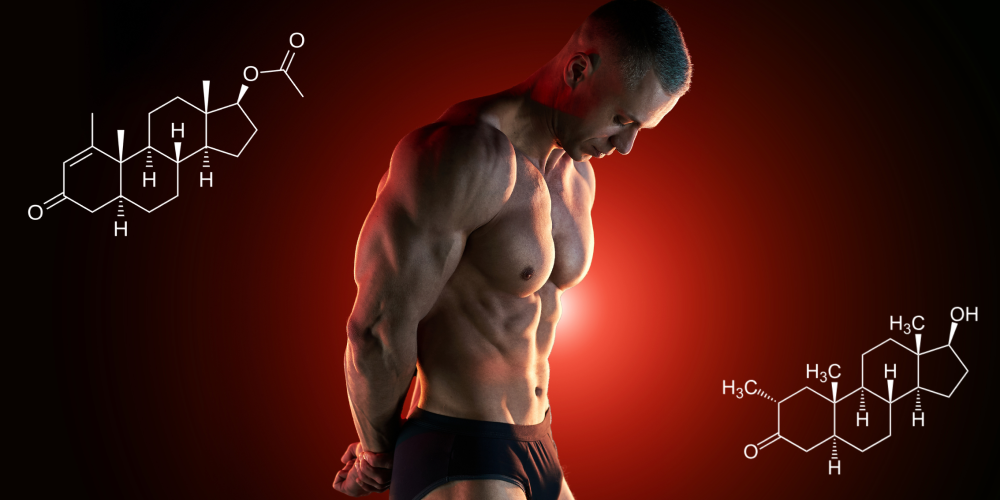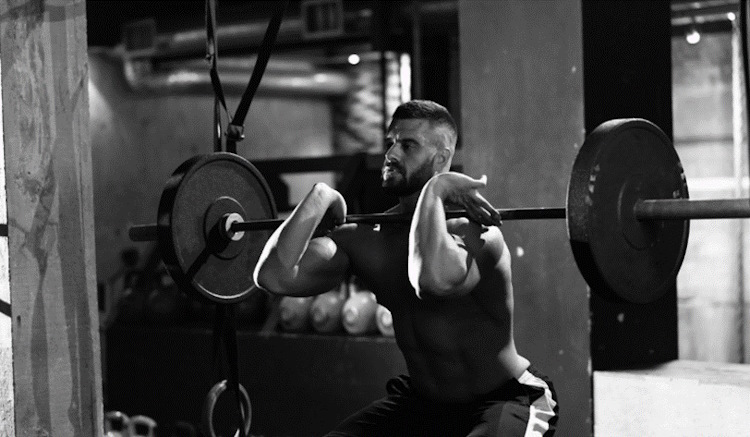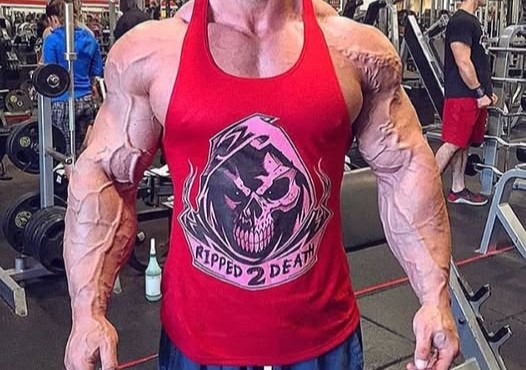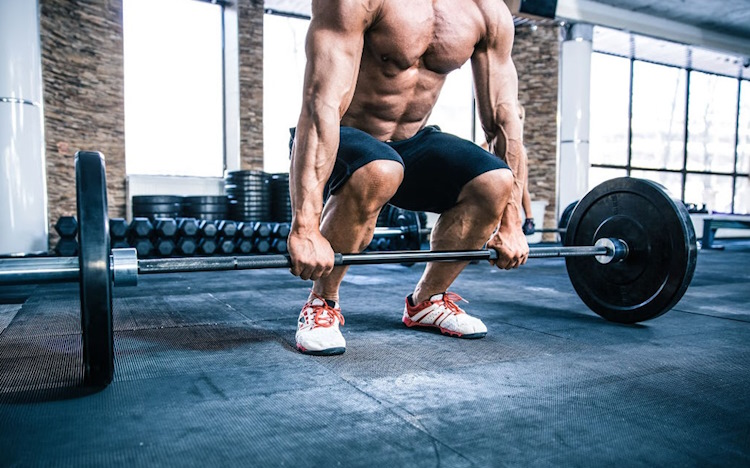Learning from legends of the past: Sandow, Hackenschmidt and Atlas
In the modern era of bodybuilding, advanced equipment, supplements, hormones, and science-based training programs dominate the scene. However, the roots of bodybuilding date back to a time when simplicity, dedication, and willpower were key. Early 20th-century bodybuilders like Eugen Sandow, George Hackenschmidt, and Charles Atlas paved the way with methods that, although some may consider outdated, continue to inspire today’s athletes. This article looks into their training approaches and explores how these historical methods may still be useful in the world of modern bodybuilding.
First of all, let’s quickly recap the pioneers of bodybuilding we’ll be talking about:
Eugen Sandow (1867-1925)
Often referred to as the “Father of Modern Bodybuilding”, Sandow popularized the sport in the late 19th and early 20th centuries. His physique was exceptional for his time, and he was a pioneer in promoting physical culture anywhere he could. To this day, Sandow’s physique can still be admired on the Mr. Olympia’s trophies, given his importance to the sport.
George Hackenschmidt (1877-1968)
Known as “The Russian Lion,” Hackenschmidt was a professional wrestler, strongman, author, speaker and philosopher. He is credited as the inventor of the bench press and made the hack squat popular. His feats of strength and massive physique set a high standard for bodybuilders and strength athletes.
Charles Atlas (1892-1972)
Famous for his mail-order fitness courses, Atlas inspired millions with his transformation from a “97-pound weakling” to a muscular strong icon. His methods emphasized bodyweight exercises and functional strength.
Now, let’s dive into the main concepts behind each one of these legendary athletes’ training philosophies and how it could be applied to modern training:
Eugen Sandow’s training methods
Compound movements
Sandow emphasized exercises that worked multiple muscle groups simultaneously. Movements such as the clean and press, bent press, and dumbbell swings were staples in his routine;
Progressive overload
He understood the importance of gradually increasing resistance to stimulate muscle growth, which we know is probably the most important aspect of weight training. Sandow recommended starting with light weights and progressively increasing the load as strength improved;
Form and symmetry
Sandow believed in training for both strength and aesthetics. He advocated for balanced development, ensuring all muscle groups were proportionally trained.
Modern application
incorporate compound movements like deadlifts, squats, and presses into your routine. Focus on progressive overload by slowly and continuously increasing weights and ensure balanced training for overall symmetry.
George Hackenschmidt’s training methods
Heavy lifting
Hackenschmidt’s training was mainly characterized by lifting heavy weights. He was known for his impressive lifts, including the hack squat, which he made popular and is even sometimes credited as the inventor of this exercise;
Full-body workouts
He preferred full-body routines over split training, performing exercises that targeted the entire body in a single session;
Functional strength
Hackenschmidt valued functional strength and incorporated movements that enhanced his wrestling performance and overall athleticism.
Modern application
Integrate heavy lifting with compound exercises like the hack squat, deadlift, and presses. Consider full-body workouts, especially for those with limited training time, to build functional and balanced strength.
Charles Atlas’s training methods
Bodyweight exercises
Atlas’s regimen relied heavily on bodyweight exercises, such as push-ups, sit-ups, squats, and dynamic tension techniques;
Consistency
He emphasized the importance of a regular, disciplined approach to training. Atlas recommended daily workouts, even when available time was short;
Mind-muscle connection
Atlas’s dynamic tension exercises focused on the mind-muscle connection, consciously contracting muscles during movements to maximize engagement and growth.
Modern Application
Incorporate bodyweight exercises into your routine for functional strength and conditioning, such as pull-ups, push-ups and dips to name a few. Focus on consistency and maintaining a proper training schedule. Practice the mind-muscle connection to enhance muscle activation during sessions and subsequently growth.
In conclusion, we can see that the training methods of the 20th-century bodybuilders featured on this article may offer valuable insights for modern athletes. By incorporating compound movements, emphasizing progressive overload, and focusing on bodyweight exercises, today’s bodybuilders can benefit from the simplicity and effectiveness of these historical training philosophies. Moreover, adopting the discipline and unique approach of these legends can lead to a well-rounded, functional, and aesthetically pleasing physique. Recognizing the wisdom of the past can complement modern approaches, creating a balanced and effective method to bodybuilding to this day.









